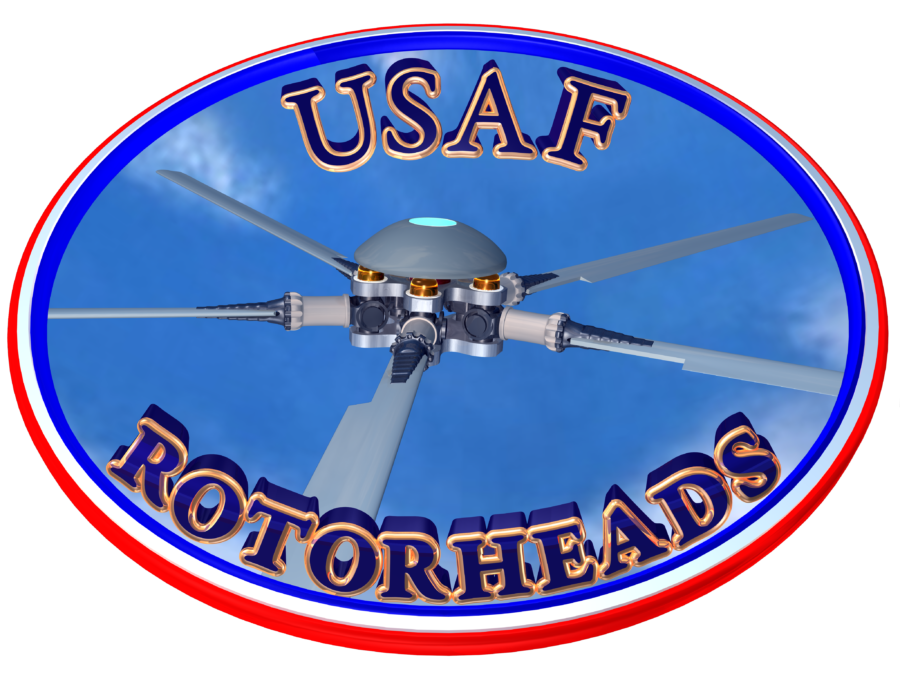Jenkins, Paul L. (KIA)
Paul Laverne Jenkins, MSgt., USAF (KIA)
May 11, 1930 – June 30, 1970
Remains Recovered
Name: Paul Laverne Jenkins
Rank/Branch: E7/US Air Force
Unit: 40th Aerospace Rescue/Recovery Squadron, Udorn Airfield, Thailand
Date of Birth: 11 May 1930
Home City of Record: McGehee AR
Date of Loss: 30 June 1970
Country of Loss: Laos
Loss Coordinates: 165004N 1063104E (XD617617)
Status (in 1973): Killed/Body Not Recovered
Category: 3
Acft/Vehicle/Ground: HH-53C
Refno: 1643
Other Personnel In Incident: Michael F. Dean; Marvin E. Bell; John W. Goeglein; Leroy C. Schaneberg (missing); on nearby OV-10A: Williams S. Sanders (missing)
Source: Compiled by Homecoming II Project 15 March 1991 from one or more of the following: raw data from U.S. Government agency sources, correspondence with POW/MIA families, published sources, interviews. Updated by the P.O.W.
NETWORK 2020.
REMARKS:
SYNOPSIS: On June 30, 1970, a crew from the 40th Aerospace Rescue and Recovery Squadron at Udorn Airfield, Thailand was dispatched to rescue a downed flight crew. Crew aboard the Sikorsky HH-53C “Super Jolly” helicopter included the pilot, Capt. Leroy C. Schaneberg, crewmembers Major John W. Goeglein, MSgt. Paul L. Jenkins, SSgt. Marvin E. Bell, and SSgt. Michael F.
Dean.
The members of the 40th Air R & R were trained for both air and sea recovery, and the big “Super Jolly” was equipped to airlift both the crew and aircraft out of sticky situations.
The downed and injured pilot was located in Savannakhet Province, Laos, about two kilometers south of Bang Tang. The HH-53C penetrated the area, known to be hostile, in an attempt to rescue the pilot, but was forced away by hostile ground fire. A second attempt was made, but the helicopter was hit by hostile fire, caught on fire, went out of control and crashed. The Air Force states it received evidence on July 4, 1970, that the crew was dead, but that evidence is not specifically described, and no remains identifiable as Bell, Dean, Goeglein, Schaneberg, or Jenkins have been recovered. Schaneberg received the Air Force Cross for extraordinary heroism as the aircraft commander on this rescue mission.
On the same day, Capt. Williams S. Sanders was flying an OV-10A Bronco southeast of Khe Sanh at a point where Laos veers north to intrude on South Vietnam. His aircraft was shot down just inside Laos, not far from the location of the downed helicopter. The Bronco was generally used for marking targets, armed reconnaissance and forward air control, so the nature of Capt. Sanders’ mission and its precise relation to the mission of the Super Jolly from Udorn is unknown. The crew of the helicopter was numerically listed missing before the OV-10, so it is does not seem likely that the helicopter was assisting the observation aircraft, but as no other aircraft is missing on that day in that area, either the downed pilot was Sanders or the pilot was rescued by other means.
Unfortunately, for families of men missing in Laos, information is difficult to obtain. Twenty and twenty-five year old records remain classified and details obscured. Much of this information was classified to distort American involvement in a now well known “secret” war in Laos.
Since the war’s end in 1973, thousands of reports have been received by the U.S. Government regarding Americans still in captivity in Southeast Asia. Many of the reports involve Americans in Laos, where nearly 600 Americans went missing, and none released despite public statements by the Pathet Lao that “tens of tens” of Americans were being held there.
Henry Kissinger predicted, in the 50’s, that future “limited political engagements” would result, unfortunately, in nonrecoverable prisoners of war. We have seen this prediction fulfilled in Korea and Vietnam, where thousands of men and women remain missing, and where ample evidence exists that many of them (from BOTH wars) are still alive today.
For Americans, the “unfortunate” abandonment of military personnel is not acceptable, and the policy that allows it must be changed before another generation is left behind in some faraway war.
~~~~~~~~~~~~~~~~~~~~~~~~~~~~~~~~~~~~~~~~~~~~~~~~~~~~~~~
Remains were returned 03/95 as “120 bone fragments which cannot be degraded, fragments too small for DNA testing as it would “destroy the chips”, a dental prostheses, a St. Christopher’s medal, coins, buttons, etc.
They say the fragments represent a minimum of one person, a maximum of two people, yet they feel this is a full accounting of five men who served our government…” FROM a letter to the Editor, Rochelle News Leader, March 30, 1995, by Dawn Wyatt, niece of Leroy C. Schaneberg.
~~~~~~~~~~~~~~~~~~~~~~~~~~~~~~~~~~~~~~~~~~~~~~~~~~~~~~~~~~~~~~~~~~~~~~~
01/2020
https://dpaa.secure.force.com/dpaaProfile?id=a0Jt000000tdLgcEAE
MSGT PAUL LAVERNE JENKINS
- VIETNAM WAR
- UNITED STATES AIR FORCE
- Accounted For
- 03/07/1995
On March 7, 1995, Joint Task Force-Full Accounting (JTF-FA, now DPAA) identified the remains of Master Sergeant Paul Laverne Jenkins, missing from the Vietnam War.
Master Sergeant Jenkins joined the U.S. Air Force from Arkansas and was a member of the 40th Air Rescue and Recovery Squadron. On June 30, 1970, he was a pararescueman aboard an HH-53C Super Jolly Green Giant (serial number 68-8283) on a search and rescue mission over Laos. The Super Jolly Green Giant was downed by enemy ground fire during the mission, and MSgt Jenkins was killed in the crash. Search and rescue teams were unable to recover his remains at the time due to enemy forces in the area. In March 1994, a joint U.S. and Laotian search team recovered remains from the HH-53C’s crash site. In 1995, forensic analysis identified some of the recovered remains as those of MSgt Jenkins.
Master Sergeant Jenkins is memorialized on the Courts of the Missing at the National Memorial Cemetery of the Pacific.
Integrity, Honor, and Respect
Some of the best things cannot be bought, they must be earned
©2023 USAF Rotorheads All Rights Reserved | Financial Statement

